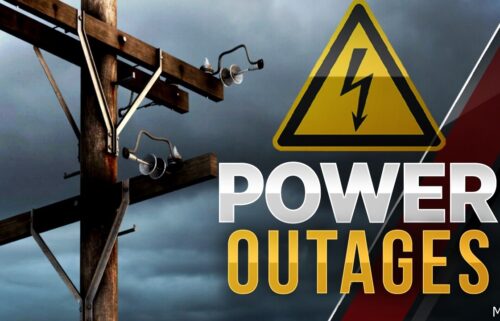With COVID-19 variants creeping in, health experts suggest two masks are better than one
An extra mask could better protect the public from more contagious variants, but fit and filters are still most important factors.
Doctors are reminding everyone to keep-up their guard as the state eases up on coronavirus restrictions.
In fact, many of them now recommend wearing 2 masks to protect against new variants that are more contagious.
News Channel 3’s Dani Romero spoke with a medical expert on his advice and shows us how we can make the most of our masks.
“A little bit nervous about the new strain out so I am doing what I can and double masking," said Ricky Strauss, owner of Sunny Dunes barber shop.
Should you double mask or not double mask?
“It’s probably a great idea but I am not quite ready to go there yet myself," said Judy Maas, "I love to see everyone wear at least one mask.”
Now, the nation’s top infectious disease expert Dr. Anthony Fauci is giving new guidance that suggests one of the best ways to curb the spread of COVID-19 is to go from wearing one mask to two.
“The cloth one top and the paper one inside as recommended by Dr. Fauci,” said Terri Gonzalez, visiting from Oregon.
Not everyone is embracing it.
“I don’t recommend wearing because it's hard to breathe with the one mask," said Swapnea Malela.
Local medical professionals are welcoming the new guidance.
“Two masks is better than one and one mask is better than none," said Dr. Esfandiar Nasr, Coachella Valley physician director for Kaiser Permanente.
Doctor Esfandiar Nasr from Kaiser Permanente told News Channel 3 two masks wouldn’t have to be worn at all times just in areas of high exposure.
“There's a difference between being in an indoor grocery store settings than being outdoors, walking your dog," said Nasr. "The setting the better the mask in the long run for all of us.”
If you are planning on doubling up, Dr. Nasr said use a surgical mask as your first layer then use your cloth mask over it.
“Our average surgical mask if you got it, squeeze it, make sure it's tight," said Nasr. "It needs to cover the nose has to cover the mouth."
But Dr. Nasr warns we were still not in the clear especially as variants get detected in the US.
“We should assume that variant is here," said Nasr. "For that reason wear the good mask, wear the double mask prevent as much transmission of the virus as we can for a few more months and keep getting those numbers down.”
MORE: Coronavirus masks: Which mask is best for you, and when to use it
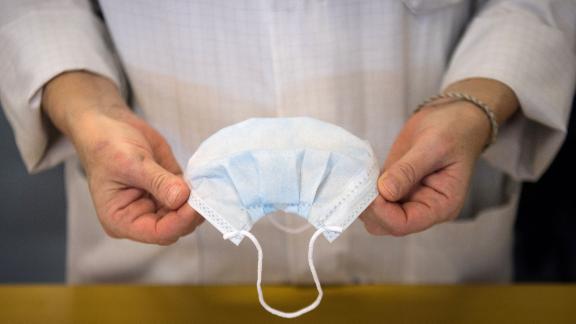
Layer on the protection
MORE: Double masking for Covid-19 protection: A trend with a purpose
A single-layer mask isn’t really effective in blocking aerosols, studies show, and even homemade two- and three-ply fabric masks are only partially protective — somewhere in the 50% to 60% range of effectiveness.
Surgical masks, also called medical-grade masks, are made of three layers of nonwoven fabric typically made from plastic. The colored top layer of fabric is made of medical-grade spunbond polypropylene, which is a resin polymer heat-bonded into a weblike structure.
A 2020 study found surgical masks were about 50% effective at protecting the wearer from other people’s aerosols and between 60% and 70% effective at protecting others.

But put a surgical mask under a cloth mask and you get “over 91% removal efficiency for particles,” said Joseph Allen, an associate professor at the Harvard T.H. Chan School of Public Health and the director of the school’s Healthy Buildings program, in a recent interview.
In mid-December, Linsey Marr, a professor of civil and environmental engineering at Virginia Tech who is a leading expert in aerosol transmission of viruses, and Dr. Monica Gandhi, a professor of medicine at UCSF/San Francisco General Hospital, published a commentary calling for double masking,
“For maximal protection,” Marr and Gandhi suggested the public could “wear a cloth mask tightly on top of a surgical mask where the surgical mask acts as a filter and the cloth mask provides an additional layer of filtration while improving the fit.”
A second option, they said, could be to wear a three-layer mask made from a flexible, tightly woven fabric that conforms to the face, with an insert of a “non-woven high-efficiency filter material,” such as a vacuum bag.
Of course, the best facial coverings for protection are the N95-type respirators, made from fibers woven with an electrical charge that can trap errant particles, much like a sock that sticks to a blanket in the dryer. Similar products include the Chinese KN95, the European FFP1 and FFP2 versions, the Australia-New Zealand P2, the Korean 1st Class and the Japanese DS2.
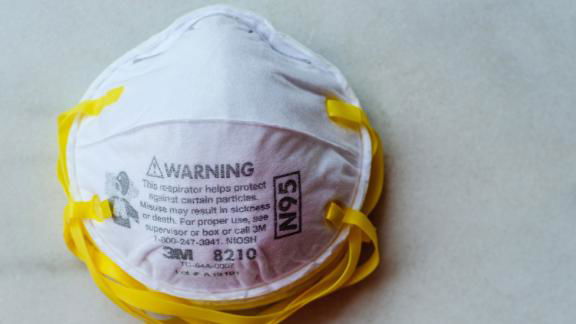
“Consider upgrading from a cloth mask to a surgical mask, or from a surgical mask to an N95/KN95/equivalent if available. Better masks may help reduce risk from more-contagious strains,” former US Centers for Disease and Control director Dr. Tom Friedan tweeted Monday.
But the CDC isn’t currently recommending N95 masks for the general public, partly due to a shortage of the masks for health care workers, and also due to concerns that people will tolerate the masks, which can hinder breathing.
“I worry that if we suggest or require that people wear N95’s they won’t wear them all the time,” Dr. Rochelle Walensky, the new head of the CDC told CNN’s Anderson Cooper and Chief Medical Correspondent Dr. Sanjay Gupta in a town hall Wednesday.
“They’re very hard to breathe in when you wear them properly,” Walensky said. “They’re very hard to tolerate when you wear them for long periods of time.”
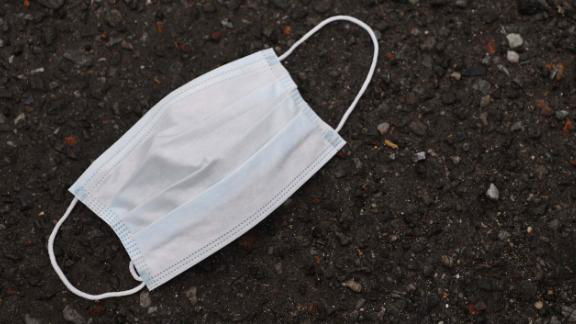
Proper wear and care of your mask
Whatever mask you wear, be sure to do so properly — including while double masking. No uncovered noses are allowed. Both masks should go over the bridge of the nose, below the chin and be flush on the face, resting along the skin, experts say.
When you choose your cloth mask, you shoud look for a tight weave, according to studies. Use the light test to check the weave: If you can easily see the outline of the individual fibers when you hold up the mask to the light, it’s not likely to be effective.
And be sure to clean and dispose of your masks properly. Surgical masks are one-time use only, and if they are soiled or breathing becomes difficult, the mask should be carefully discarded and replaced, the FDA said.
The CDC recommends storing any dirty fabric masks in sealed plastic bags until you can wash them.
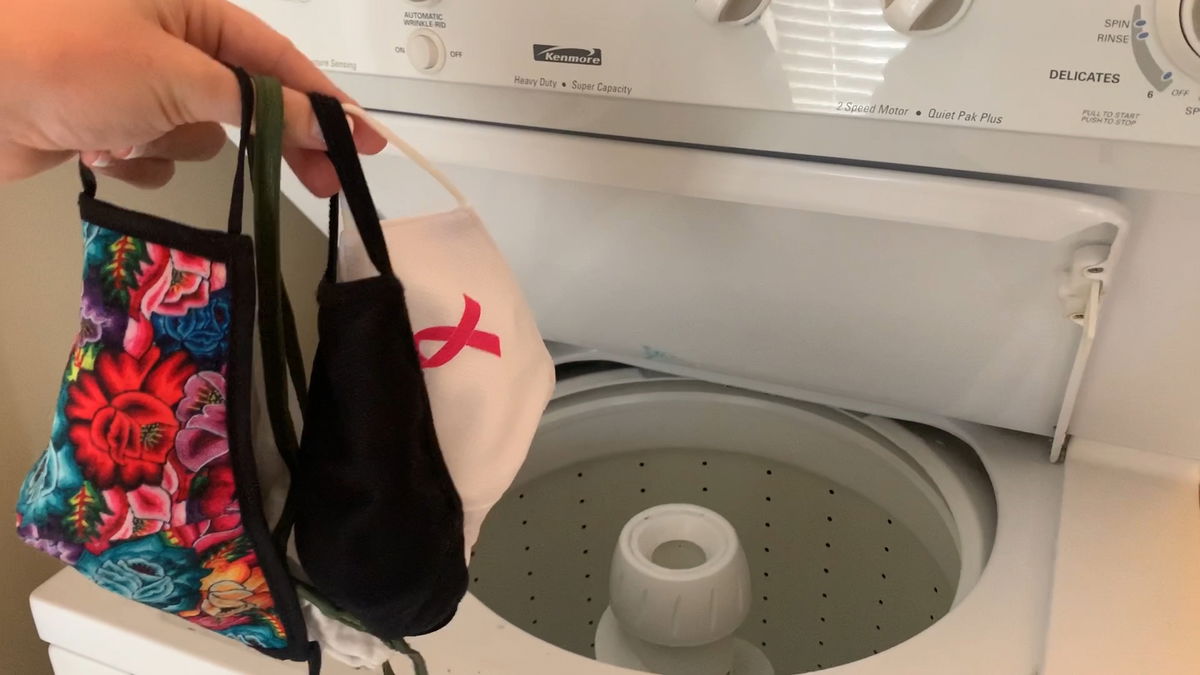
“Wash wet or dirty masks as soon as possible to prevent them from becoming moldy. Wet masks can be hard to breathe through and are less effective than dry masks,” the CDC says.
Dry your mask completely in a warm or hot dryer, the CDC says, or by hanging it “in direct sunlight to dry completely. If you cannot hang it in direct sunlight, hang or lay it flat and let it dry completely.”
MORE: A pandemic playbook for a new year
News Channel 3's Dani Romero will be talking with a health expert on the recommendations of double masking and how effective is it. Watch for updates tonight on News Channel 3 at 5:00 and 6:00.
<!--[if lte IE 10]>Please click here to upgrade to a newer browser.

Stay up-to-date with the latest local coronavirus news, including reopenings and closing, new case data, live news conferences, and other updates at KESQ.com/Coronavirus or download the News Channel 3 app on the Apple Store and Google Play.




